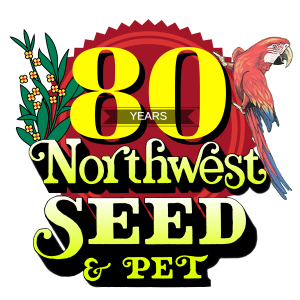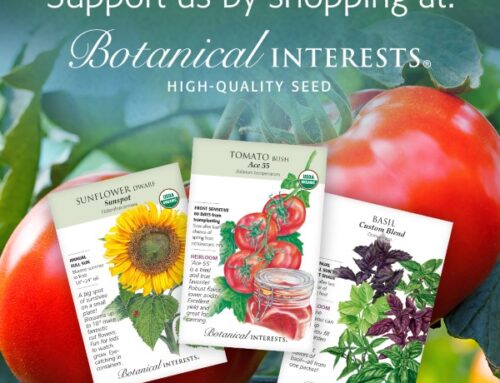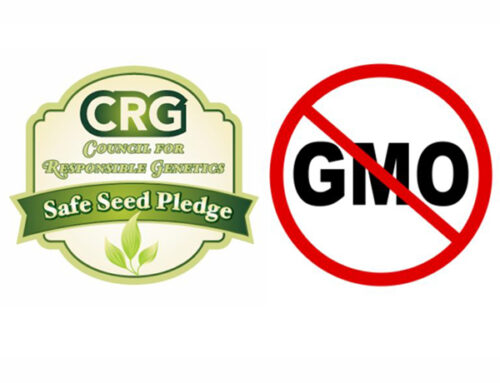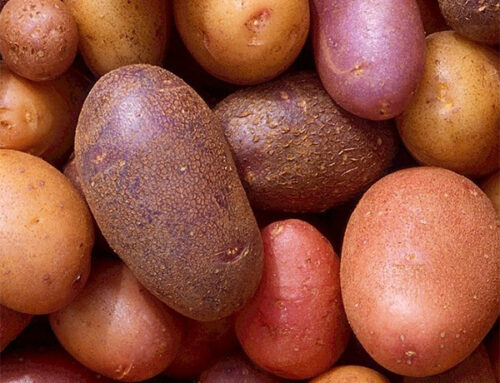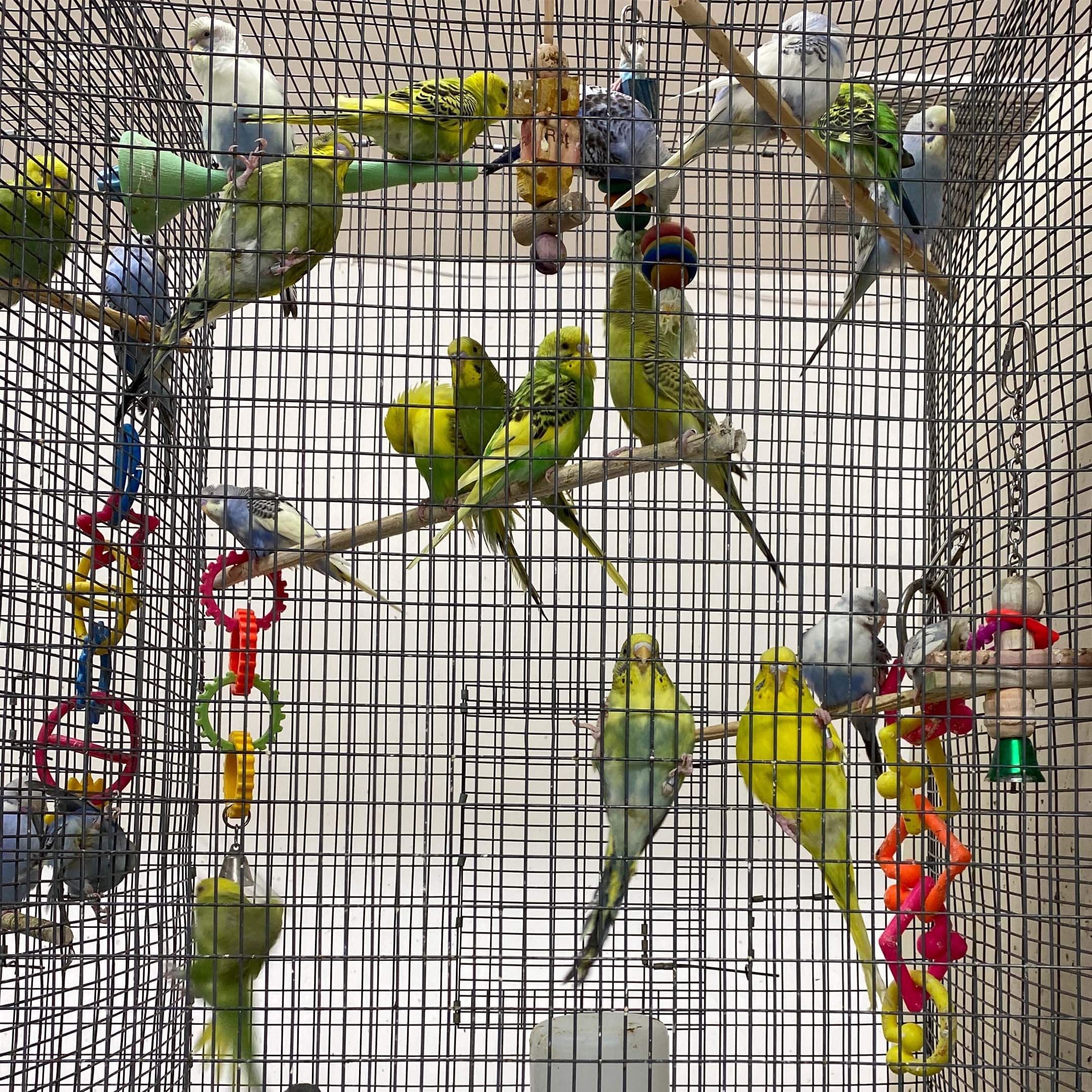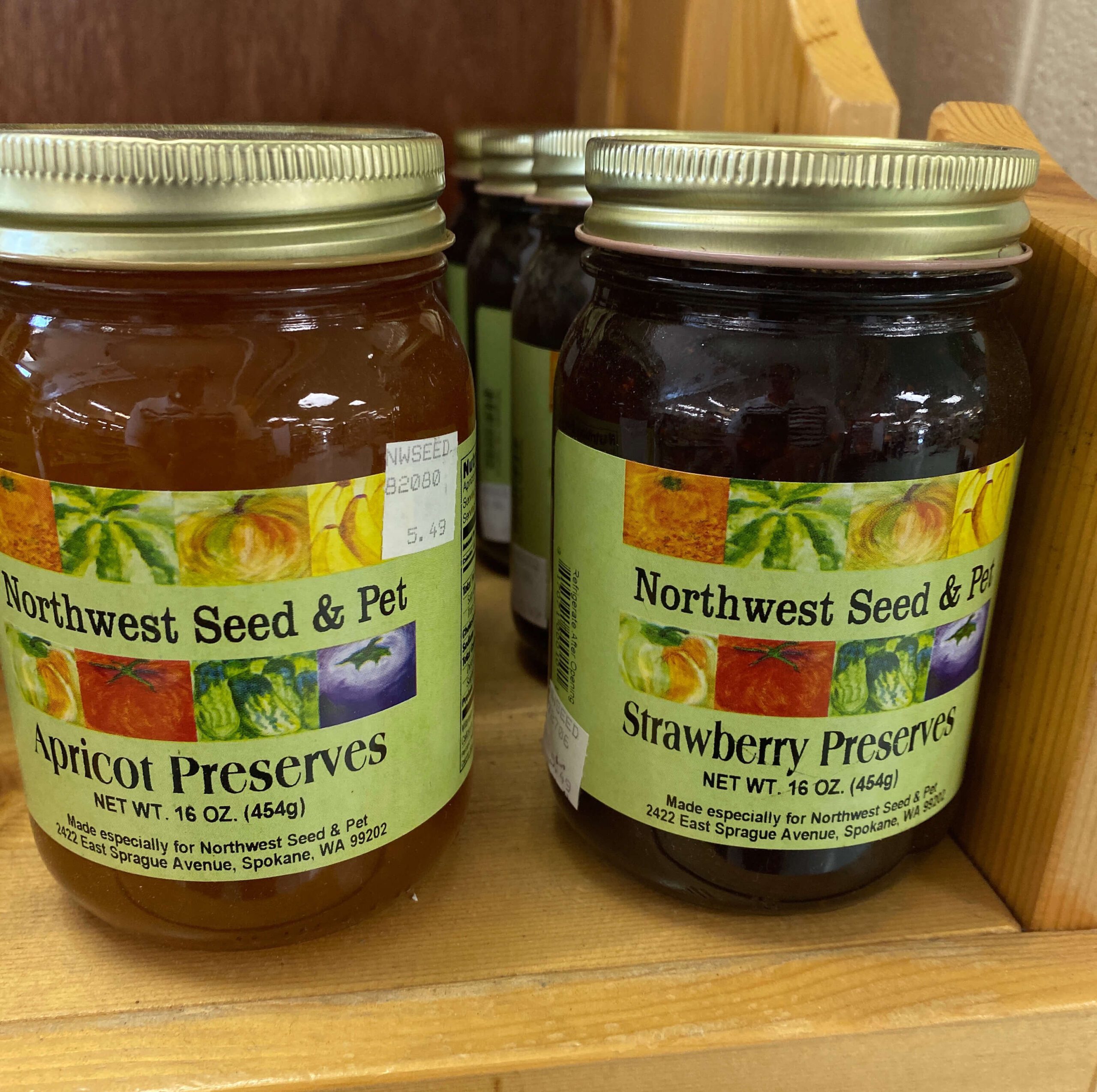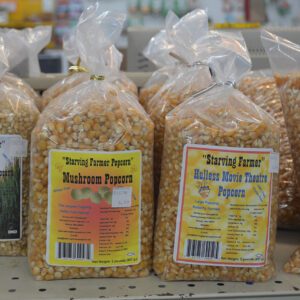How to Mulch
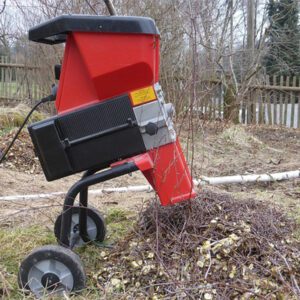
Mulch materials that are suitable for use as garden mulches range from compost, to manure, to grass clipping (as long as you have not used a weed killer on your lawn), as well as many commercially available products.
When using mulches, cover seeds to a depth of 1/8 to 1/4 inch to ensure adequate moisture retention and seed germination. When mulching around established plantings, add 1 to 3 inches depending on the application. Be sure to keep the mulch 6 to 12 inches away from the base of trees and shrubs to protect from root or stem rot.
In the winter, we recommend using peat moss, manures, or shredded leaves as mulches. They are particularly effective for use as a topdress in the fall after harvest. A composted manure will provide a blanket for the soil through the winter and can be tilled into the soil as an amendment in the spring.
Mulching during the growing season can be very helpful in preventing weeds in your garden and retaining soil moisture. When using manure in your garden, make sure that it is well composted before applying as some manures can burn your plants.
The key benefits of mulching:
•Retains soil moisture by reducing the amount of evaporation from the soil surface.
•Protects the plant roots from the vagaries of Mother Nature; heat, cold, and drought.
•Keeps the soil cooler to reduce the germination of unwanted weed seeds.
•Helps mitigate the erosive effects of wind and rain.
•Adds a decorative top cover to an established garden.
One 2 cubic foot bag will cover: | |
| 96 square feet | ¼ inch deep |
| 48 square feet | ½ inch deep |
| 24 square feet | 1 inch deep |
| 12 square feet | 2 inches deep |
| 8 square feet | 3 inches deep |
| 6 square feet | 4 inches deep |
| 4 square feet | 6 inches deep |
